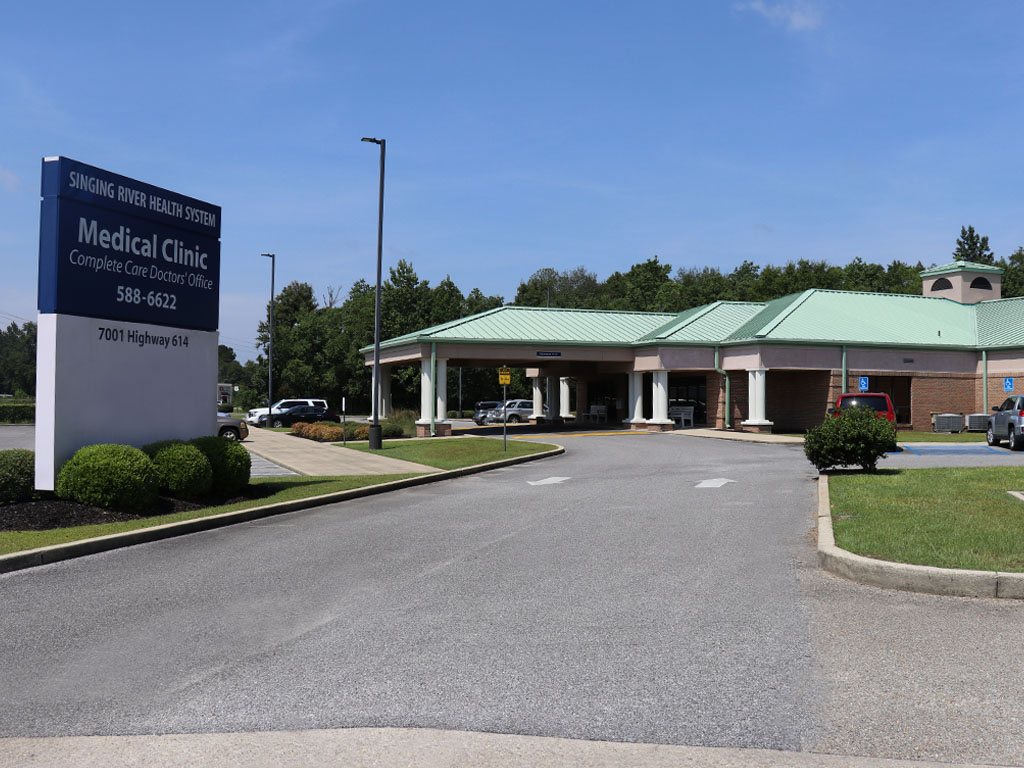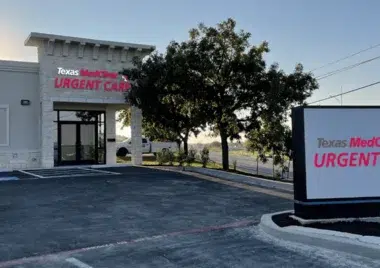The Relevance of Urgent Care Centers in Bridging the Void Between Medical Care and Emergency Solutions
Immediate care facilities have actually emerged as a vital part of the health care landscape, effectively dealing with the crucial need for instant medical focus without resorting to emergency situation solutions. The developing duty of immediate care facilities increases important inquiries regarding their integration within the wider healthcare system and the ramifications for individual end results and source allotment.
Review of Urgent Treatment Centers
Immediate care centers have come to be an important element of the health care delivery system, providing accessible medical solutions for non-life-threatening conditions. These centers generally operate outside basic office hours, offering patients a choice to emergency spaces and medical care settings. Clients looking for immediate care commonly present with issues such as minor injuries, infections, or illnesses that need prompt interest but do not position an instant danger to life or limb.
Urgent treatment centers are staffed by a series of medical care specialists, consisting of medical professionals, registered nurse experts, and doctor aides, who are outfitted to detect and deal with different clinical issues. They often feature diagnostic tools such as X-ray makers and laboratory solutions, allowing them to offer detailed care on-site.
The establishment of immediate care facilities has actually been affected by the raising need for timely clinical solutions in a fast-paced society, where individuals may struggle to safeguard visits with primary treatment suppliers. Consequently, these centers aim to alleviate congestion in emergency situation departments, enhancing overall medical care efficiency. Additionally, immediate care centers often work as a bridge in between medical care and emergency solutions, guaranteeing that individuals receive appropriate care tailored to their details clinical demands.

Advantages of Urgent Treatment Solutions
Accessing timely treatment is a substantial advantage of urgent treatment solutions. These facilities offer instant focus for non-life-threatening problems, properly decreasing delay times contrasted to standard emergency situation departments. Patients seeking look after small injuries, health problems, or urgent health and wellness problems can acquire treatment without the lengthy delays typically related to medical facility sees.
One more key advantage is the extensive hours of procedure. Many urgent treatment facilities are open nights and weekend breaks, suiting people who might not be able to visit their health care copyright during typical office hours. This versatility makes urgent care an available option for those with hectic routines or sudden wellness problems.
Additionally, urgent treatment centers often provide a broad array of solutions, including analysis screening, X-rays, and standard lab services. This thorough approach permits quick diagnosis and therapy, improving person fulfillment.
Furthermore, immediate treatment centers are usually more cost-efficient than emergency rooms, making them an appealing option for people without insurance policy or those with high-deductible plans. In general, urgent care services play a critical duty in offering accessible, prompt, and budget friendly clinical care.
Comparison With Key Care
Generally, patients usually weigh their options between immediate treatment facilities and primary treatment companies when looking for clinical interest. Both serve important roles in the health care system, yet they differ considerably in ease of access, price, and scope.
Medical care suppliers are generally the initial factor of get in touch with for individuals, focusing on long-lasting wellness monitoring, precautionary care, and persistent disease administration. They use continuity of care, fostering a patient-provider relationship that permits for detailed wellness analyses and individualized therapy strategies. Arranging a visit can be time-consuming, often calling for days or weeks in breakthrough. Urgent Care.
In contrast, immediate treatment facilities offer prompt look after non-life-threatening problems that require timely interest, such as small injuries or infections. These centers frequently run outside of typical workplace hours, accommodating patients that may not be able to see their medical care provider throughout normal organization times. Additionally, urgent care is normally a lot more cost-effective than emergency situation room visits, making it an attractive option for those with restricted healthcare access.
Eventually, while urgent care centers and key care companies both add to patient health and wellness, they deal with unique needs, making it important for individuals to establish which option ideal straightens with their circumstances.
Emergency Services Communication
The communication between immediate care centers and emergency services is a vital element of the health care landscape, particularly when patients deal site with situations that may escalate in extent. Urgent treatment facilities function as a bridge in between key care and emergency divisions, attending to non-life-threatening conditions that need instant interest. This collaboration improves person outcomes and enhances source allocation within the health care system.
When find this people provide with not dangerous yet immediate issues, urgent care centers can successfully manage their needs, minimizing blockage in emergency rooms. Facilities furnished with diagnostic capabilities can help with timely recommendations to emergency services when an individual's problem goes beyond the scope of immediate care therapy. This smooth interaction assists ensure that clients get the suitable level of care without unneeded delays.
In addition, effective communication between immediate treatment suppliers and emergency situation services is important. Sharing individual information and treatment histories promotes worked with care, minimizing the risk of repetitive examinations and treatments. As medical care proceeds to develop, the dynamic connection between immediate care centers and emergency situation services will certainly play an essential role in boosting person care efficiency, satisfaction, and overall wellness results within the community.
Future of Urgent Treatment Facilities
As health care needs progress, the future of immediate care centers is poised to come to be increasingly indispensable to the general clinical environment (Urgent Care). These facilities are likely to increase their roles by including advanced innovations, such as telemedicine, expert system, and digital health document integration. This will boost patient gain access to and simplify care sychronisation additional info in between urgent care, main treatment, and emergency services
Moreover, urgent care facilities are expected to expand their solution offerings to consist of preventative treatment and persistent condition monitoring. This change will certainly place them as essential components in managing population health, decreasing the concern on emergency departments, and addressing voids in health care availability.
The expanding fad of value-based care will better speed up the makeover of immediate treatment centers, motivating them to concentrate on individual results and contentment. Facilities might likewise embrace collaborative practice versions, working carefully with specialists and medical care providers to ensure comprehensive person management.
Final Thought
Finally, immediate care facilities serve an essential function in the medical care system by offering prompt accessibility to treatment for non-life-threatening conditions, effectively easing pressure on emergency situation services. Their prolonged hours and varied variety of solutions enhance person convenience and contentment, while likewise making certain suitable treatment delivery. As healthcare requires remain to develop, the duty of immediate care centers will likely become significantly substantial, additional linking the gap in between health care and emergency solutions.
The establishment of urgent care centers has been affected by the boosting need for timely medical solutions in a busy society, where clients might battle to secure appointments with key treatment carriers. Additionally, urgent care centers commonly offer as a bridge in between primary care and emergency services, guaranteeing that individuals receive appropriate care tailored to their particular medical requirements.
Lots of immediate treatment centers are open nights and weekend breaks, suiting people that might not be able to see their key treatment provider during basic office hours (Urgent Care). As healthcare continues to develop, the dynamic partnership in between immediate care centers and emergency solutions will certainly play a pivotal role in improving person treatment efficiency, fulfillment, and general health end results within the community
